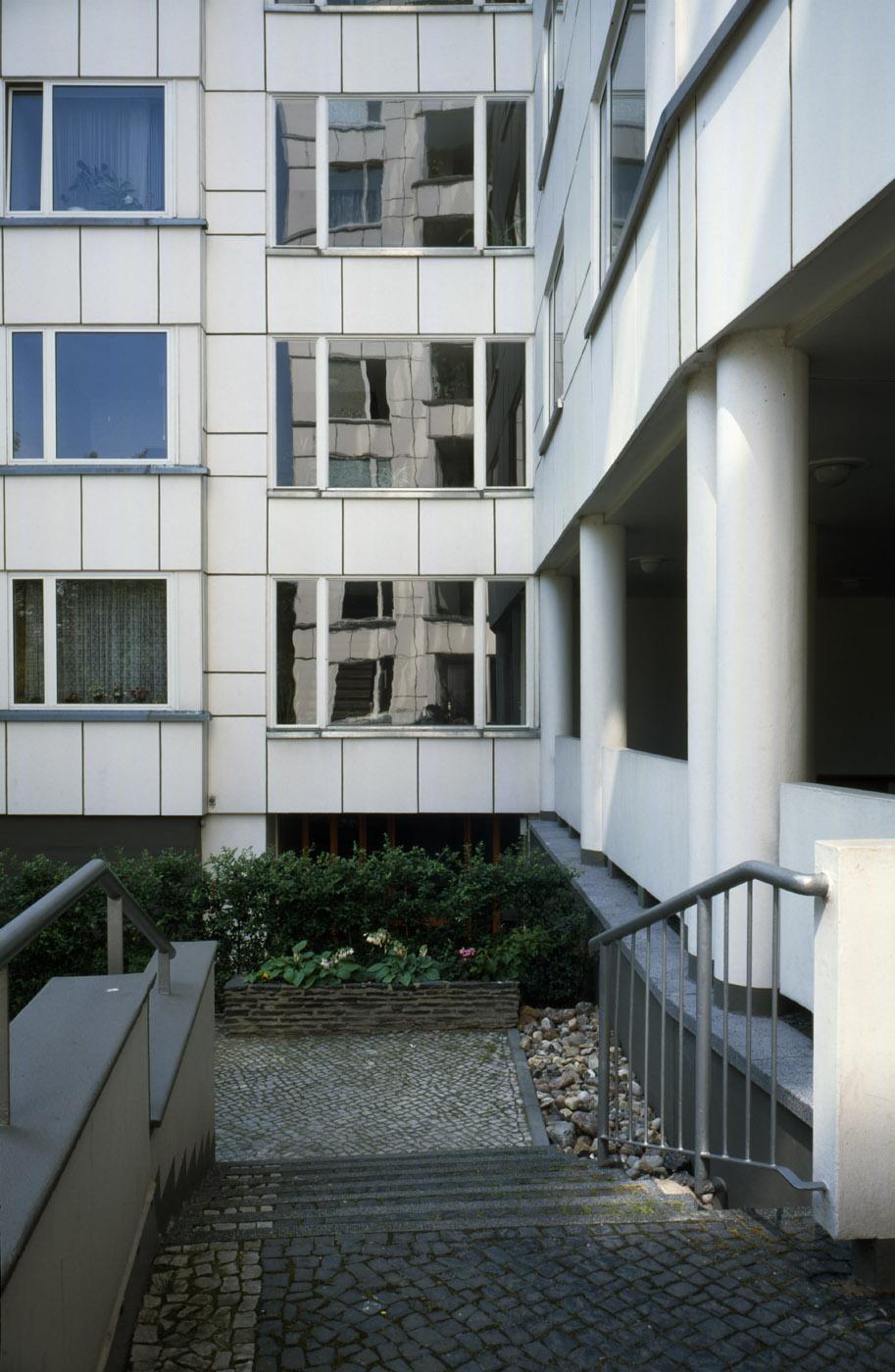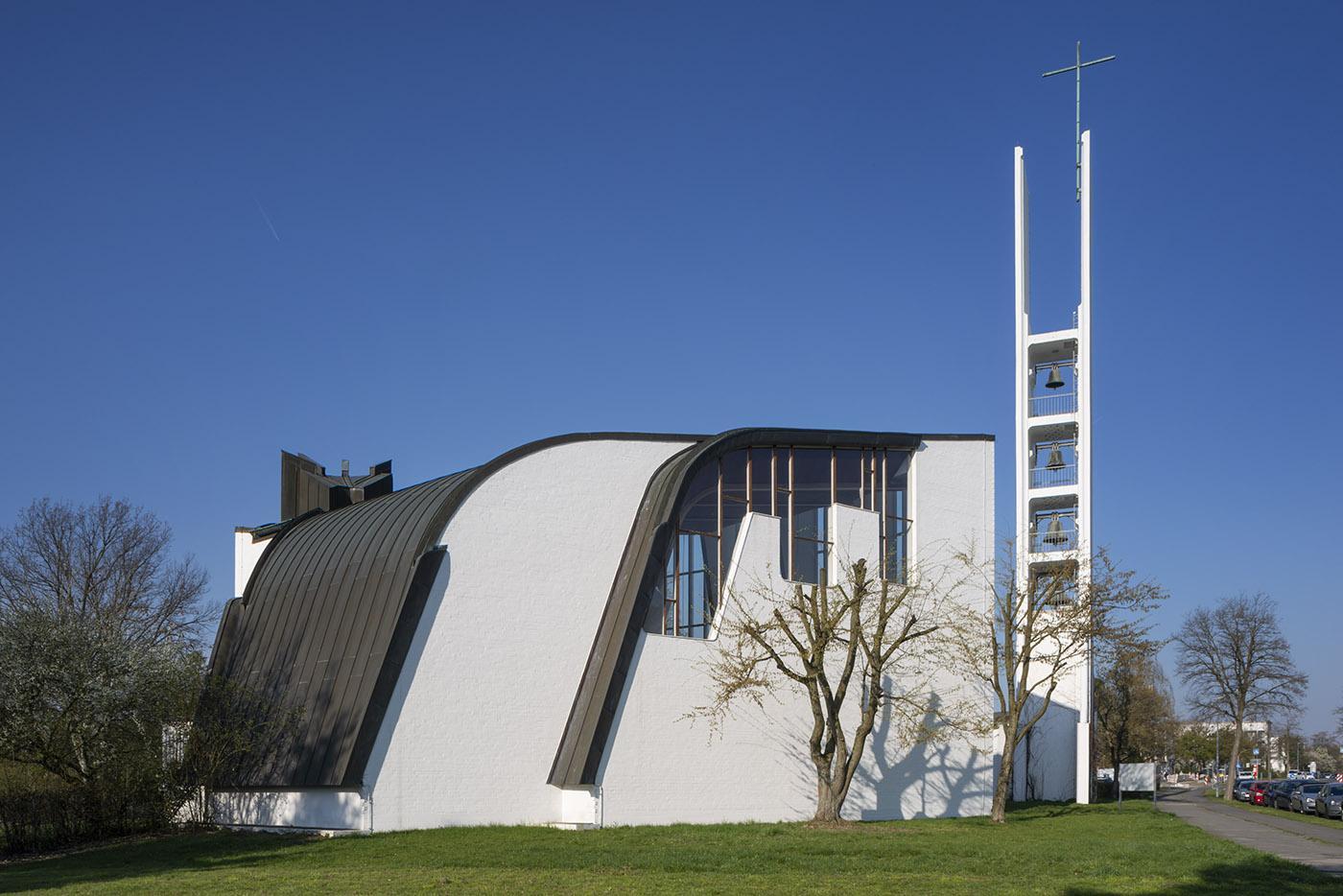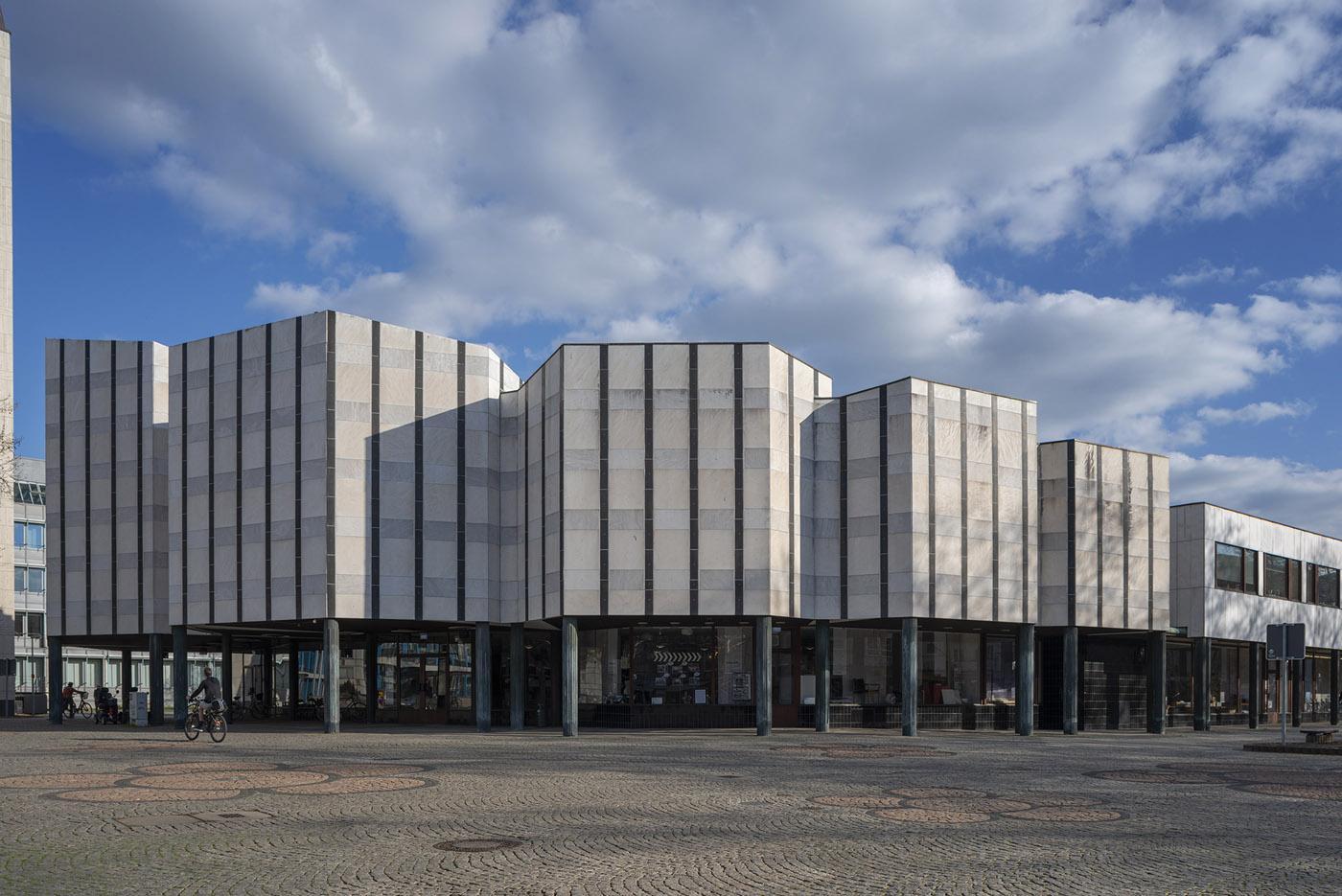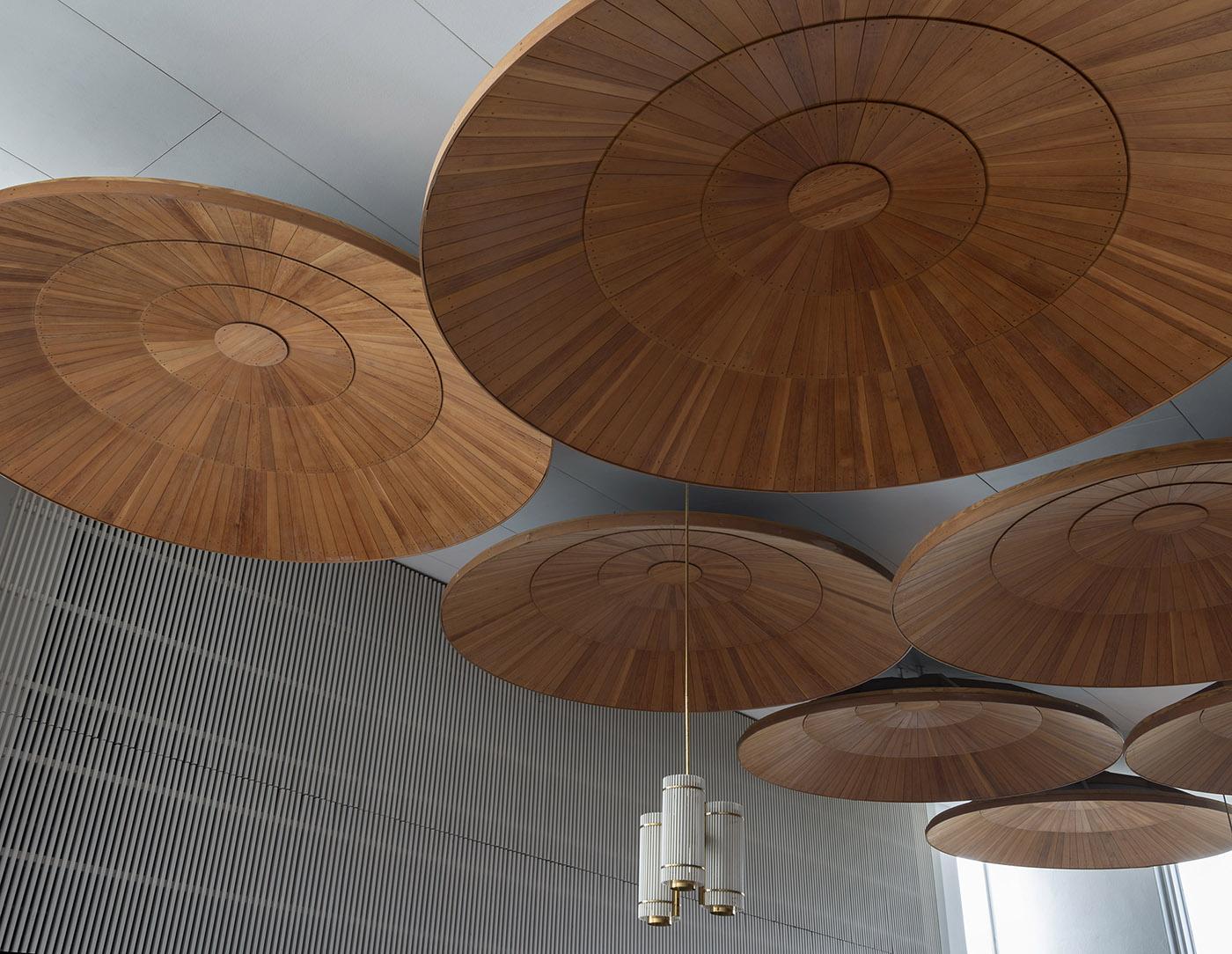
Take part on a three-day tour, where you get to spend two days in Berlin and one in Wolfsburg. On this tour you can admire and get to know the architecture, landscapes and sights accompanied by an exclusive English-speaking guide. During the tour, you will also get to experience a few interesting buildings that Alvar Aalto designed in Germany.
The tour begins by exploring Berlin, a city where there is definitely plenty to see and do. The first two days of the program provide an in-depth tour of the city’s interesting architecture and attractions. You will also get to enjoy the exciting atmosphere of the city and also do some shopping while you are at it. After taking over Berlin, the tour continues on a day trip towards the city of Wolfsburg, which has a lot to offer in particular for Aalto enthuastictics.

The complex consists of the Heilig-Geist-Kirche (Church of the Holy Ghost), a bell tower, a parish building, a vicarage, and a kindergarten. The buildings form a tightly-knit group, that turns its back on the surrounding area, and is articulated around an inner courtyard area. Aalto started working on the project in January 1960, drawing from the main principles of his earlier project for the Danish international church competition of 1958.
Wolfsburg church was opened for the public in 1962. The most conspicuous feature of the church is the vault, which soars from the ground behind the altar to form the roof. In the wedge-shaped interior, the vault is marked by five emphatic strips of wooden slats extending fan-like to cover the whole ceiling. The primary reason for this roof structure is in the acoustics, but it is also meant to symbolise a hand that protects churchgoers.
The church also has unusual-shaped side windows reaching up to the ceiling. These windows distribute morning and afternoon sunlight in such a way that it does not directly reach the pews. To the right of the altar there is also a pentagonal baptistery capped by a lantern that appears from the outside as a copper-clad tower. The 32-meter-high bell tower of the church consists of two parallel vertical concrete planks with four shelves between them, each supporting one bell.
The parish centre is a fan-shaped single-storey building with two rooms for confirmation classes, a large assembly hall, a meeting room, a club room, and a kitchen, all grouped around a common atrium. The vicarage, a long, rectangular building one and a half storeys high, contains offices and four apartments for the vicar, the chaplain, the precentor, and the parish nurse.

Wolfsburg Cultural Centre was designed and constructed for a small German city built around automotive industry. In choosing Alvar Aalto as the designer, the young city of Wolfsburg wanted to acquire a higher profile.
The building was designed to house the City Library, the Adult education centre and the Youth club. These three different functions were skillfully combined under the same roof, so that each one of them found their own unique space behind the sculptural façade. Nowadays, the City Library is the only original function of the cultural center still in operation. In addition to the library, today the building houses various business facilities, such as a restaurant called Aalto.
The unique shape of the Wolfsburg Cultural Centre is one of its distinct features. The design of the main façade of the building is very geometric. The building appears to form itself from a series of hexagonal volumes that have been pushed together.
In designing the Wolfsburg Cultural Center, Aalto was presented with the possibility of realizing a plan as a “total work of art”, for a client allowing freedom from constraints of budget and schedule. The building also features personalised solutions, such as the atrium courtyard with a sliding roof and fireplace, opening onto the roof terrace of the building. There are also various skylights in the building that bring natural daylight in.
The façade of the building is Carrara marble, while the interiors are mainly granite and wood. Many details of the building, such as door handles and fixed lighting fixtures, as well as furniture, were also designed by Aalto. Nowadays, many of Aalto’s designs can still be seen inside the building.

Detmerode is a residential community linked to the industrial city of Wolfsburg, a town where several Aalto buildings had found place: a cultural centre whose design started in 1958, and the Church of the Holy Ghost in 1960. For this small suburb, Aalto was commissioned a plan for a church in 1963, filling the gap between a much-frequented shopping centre and a park. The church, also intended to be used for secular events such as concerts, is sheltered behind a portico that connects it to the shopping centre´s plaza. It is equipped with 250 seats, which can be extended to 600 when needed.
Built in the shape of a truncated wedge, the church has a slightly pitched lean-to roof. The ceiling features nineteen circular acoustic reflectors 250 centimetres in diameter, that give the impression of floating in the air. Under the chancel is a grotto-like crypt reserved exclusively for more intimate church ceremonies, such as baptisms and weddings. To the right of the glazed entrance facade rises an unusual bell tower consisting of twelve concrete columns of equal height; amongst them, the bells are nested, hung in a stepped formation.
The L-shaped parish building west of the church is also connected to the plaza portico. The hexagonal parish hall and confirmation class premises are situated directly above the parish centre´s spacious entrance hall. The complex also includes facilities for youth clubs, a vicar´s office, and housing for the vicar and chaplain. The church centre was built between 1965 and 1968.



